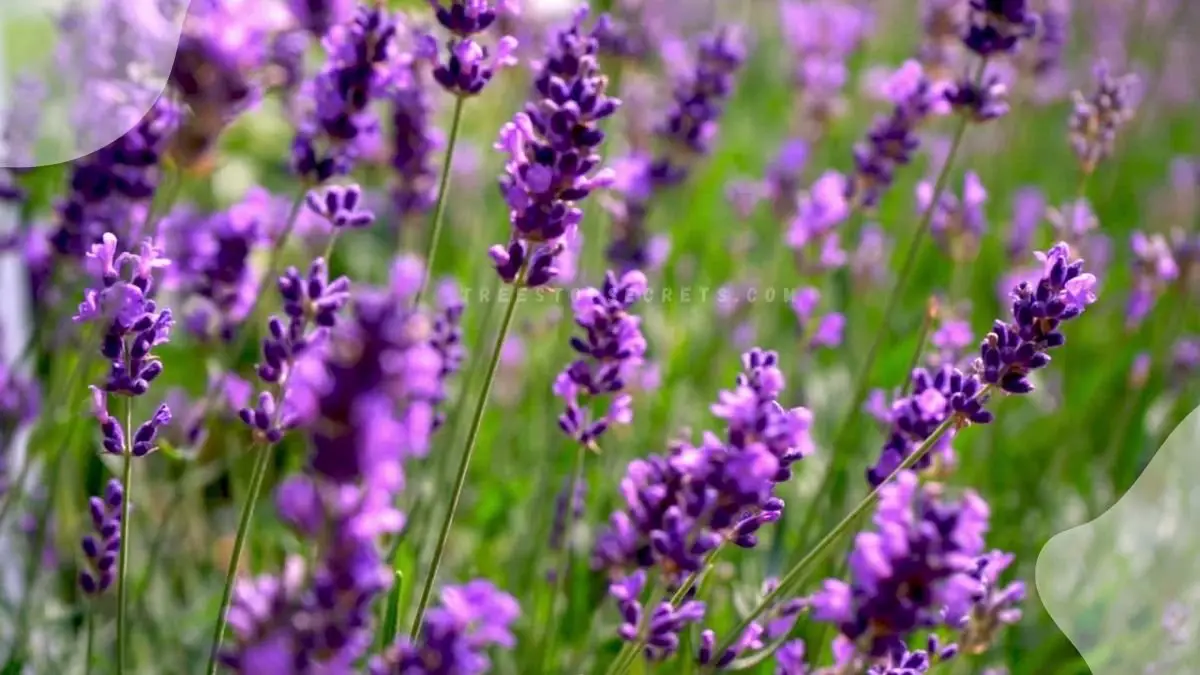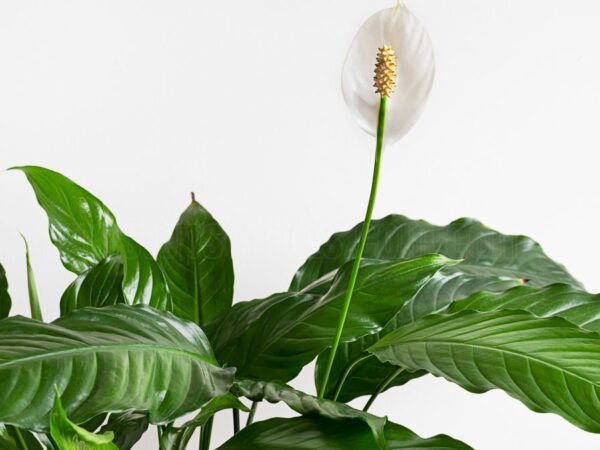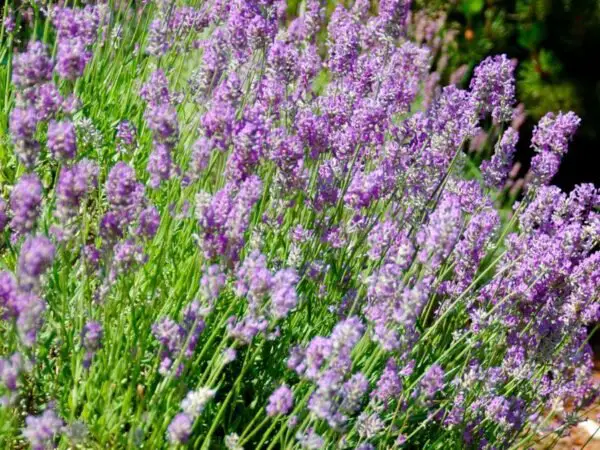Lavender flowers, with their soothing fragrance and vibrant colors, have captivated people for centuries. Historically, lavender has been used for its medicinal properties and as a symbol of purity and devotion. Today, lavender remains a popular choice for aromatherapy, skincare products, and culinary delights. Join us as we delve into the fascinating world of lavender flowers, exploring their history, benefits, and versatile uses.
Key Takeaways
- Lavender Care Guide: Follow the ultimate lavender care guide for successful growth and blooming.
- Varieties of Lavender: Understand the different types of lavender plants to choose the best one for your needs.
- Growing Tips: Implement the tips for growing lavender successfully, ensuring a healthy and vibrant plant.
- Benefits of Lavender: Explore the various benefits of lavender, from its calming properties to its use in weddings and events.
- Crafting Ideas: Get creative with crafting using lavender, adding a touch of elegance to your creations.
- Preservation Techniques: Learn how to preserve lavender flowers effectively to enjoy their beauty for an extended period.
Discovering Lavender
Lavender Types
Lavender comes in various species, each with unique characteristics. From English lavender to French lavender, the differences lie in their fragrance and appearance. English lavender is known for its sweet aroma, while French lavender has a more pronounced scent. Spanish lavender stands out with its attractive buds and vibrant colors.
Growing Needs
To successfully grow lavender plants, it is crucial to provide them with the right conditions. Lavender thrives in well-drained soil and requires plenty of sunlight. Optimal growth occurs in areas with full sun exposure and good air circulation. The soil should be alkaline and not too rich, ensuring proper drainage for the plants to flourish.
Care Tips
Caring for lavender plants involves simple yet essential steps. Regular pruning helps promote new growth and maintain the plant's shape. Adequate watering is necessary, but overwatering can lead to root rot. Mulching around the plants helps retain moisture and suppresses weed growth. Deadheading spent blooms encourages continuous flowering throughout the season.
Ultimate Lavender Care Guide
Soil and Sunlight
Lavender thrives in well-draining soil with a pH level between 6.4 and 8.2, ensuring optimal growth. The soil should be sandy or loamy to prevent waterlogging, which can harm lavender roots. For successful blooming, plant lavender in full sunlight, receiving at least six to eight hours of direct sunlight daily. Proper sunlight exposure is crucial for promoting vibrant blooms and enhancing the plant's natural oils. When choosing a planting location, ensure it offers ample sunlight to support healthy lavender growth.
Watering Practices
Water lavender plants deeply but infrequently, allowing the soil to dry out slightly between watering sessions. During the first year of growth, water young lavender plants regularly to establish strong root systems. As lavender matures, reduce watering frequency to prevent root rot. Avoid overwatering, as it can lead to fungal diseases, while underwatering causes stress and poor growth. Monitor soil moisture levels and adjust watering practices accordingly to maintain healthy lavender flowers.
Pruning Techniques
Pruning lavender plants is essential for maintaining their health and appearance, promoting new growth and abundant flowering. To prune effectively, remove spent blooms and trim back one-third of the plant each year in early spring. Use sharp pruning shears to cut just above new green growth nodes to encourage bushier growth. Prune lavender after flowering to prevent woodiness and stimulate fresh blooms. Regular pruning ensures vigorous plants and enhances the longevity of lavender in gardens.
Pest Control
Common pests that affect lavender include aphids, spider mites, and whiteflies, causing wilting leaves and stunted growth. Employ natural methods like introducing beneficial insects or using neem oil to deter pests without harming the plant. Chemical options such as insecticidal soaps can also effectively control pest infestations on lavender. To prevent pest attacks, maintain good air circulation around plants, remove weeds promptly, and inspect lavender regularly for early pest detection.
Types of Lavender Plants
English Lavender
English lavender, a popular variety, stands out with unique characteristics such as its strong fragrance and compact growth. Compared to other types, English lavender is prized for its rich aroma and vibrant purple flowers. Historically, this lavender has been used for aromatherapy and culinary purposes, adding a delightful flavor to dishes.
Hybrid Varieties
Hybrid lavender plants are created through careful breeding processes, combining the best traits of different varieties. These hybrids often exhibit increased vigor and resilience compared to their parent plants. Popular hybrid cultivars like 'Phenomenal' and 'Grosso' offer a diverse range of colors and scents, catering to various preferences in gardens and landscapes.
French and Spanish
French lavender, originating from the Mediterranean region, features longer blooms and a more delicate appearance than Spanish lavender. In contrast, Spanish lavender is known for its unique butterfly-like petals and robust nature. Both varieties have distinct aromatic profiles; French lavender tends to have a sweet fragrance, while Spanish lavender offers a more camphor-like scent.
Woolly Lavender
Woolly lavender, characterized by its fuzzy leaves, adds a touch of texture to gardens and containers. The unique silvery-gray foliage of woolly lavender creates an eye-catching contrast in floral arrangements. When caring for woolly lavender, ensure well-draining soil and ample sunlight to promote healthy growth. This species thrives in dry climates and requires minimal watering once established.
Growing Lavender Successfully
Planting Tips
Plant lavender seeds or seedlings in well-draining soil with full sun exposure for successful germination. Ensure the soil pH is between 6.7 and 7.3.
When planting lavender, space the seeds or seedlings 12 to 18 inches apart to prevent overcrowding and promote air circulation, crucial for plant health.
For optimal growth, plant lavender in the spring after the last frost date or in early fall. Avoid planting in humid conditions to prevent root rot.
Seasonal Care
During spring, prune leggy lavender plants to encourage new growth and shape the plant. Water sparingly to prevent root rot.
In summer, ensure lavender receives adequate water, especially during dry spells. Mulch around the base to retain moisture and suppress weeds.
Fall is ideal for dividing and transplanting lavender if needed. Reduce watering frequency as temperatures cool to prepare the plant for winter dormancy.
Harvesting Flowers
Harvest lavender flowers when they are in full bloom by cutting stems just above the leaves early in the morning after dew has dried.
For various uses like culinary or crafting, harvest lavender blooms before they fully open for maximum fragrance and oil content.
To preserve harvested lavender flowers, hang them upside down in a dark, well-ventilated area until fully dried. Store in airtight containers away from sunlight.
Lavender in Weddings and Events
Decoration Ideas
Lavender flowers can elevate home decor with their fragrant and charming presence. Incorporate fresh or dried lavender in various creative ways to add a touch of elegance to any space. Consider placing lavender bunches in vases, creating lavender wreaths, or even making lavender sachets for drawers.
To infuse a rustic vibe into your decor, try using dried lavender stems to make simple yet stunning centerpieces. For a more modern look, mix fresh lavender with other blooms like roses or peonies in bouquets. DIY projects such as lavender candles or potpourri can also bring a calming ambiance to your living areas.
- Unique ways to use lavender flowers for home decor
- Showcase elegant decoration ideas with fresh or dried lavender
- DIY projects and styling tips for enhancing living spaces with lavender accents
Bouquet Arrangements
Creating lavender bouquet arrangements for special occasions is a delightful way to incorporate this versatile flower. When selecting complementary flowers and foliage, consider blooms like baby's breath, eucalyptus, or roses to enhance the beauty of lavender bouquets. To arrange them professionally, start by trimming the stems at an angle and grouping flowers by size before assembling them into a cohesive bouquet.
For a romantic touch, add small white flowers like chamomile or Queen Anne's lace to contrast with the purple hues of lavender. Expert tip: mist the bouquet lightly with water to keep it fresh before displaying it at weddings or events. Remember to tie the stems tightly with floral tape for a polished finish.
- Guide on creating stunning lavender bouquet arrangements
- Tips on selecting complementary flowers for lavender bouquets
- Step-by-step instructions for arranging lavender bouquets like a professional florist
Color Schemes
Lavender flowers offer a versatile color palette that can be paired with various hues for different effects. Explore combinations like lavender and blush pink for a soft and romantic feel, or mix lavender with deep purple for a bold statement. In interior design, consider using lavender as an accent color against neutral backgrounds to create a serene atmosphere.
Pairing lavender with shades of green can evoke a natural and refreshing ambiance reminiscent of a garden setting. For events, experiment with metallic accents like gold or silver alongside lavender tones for a touch of elegance and sophistication.
- Different color schemes featuring lavender flowers
- Pairing lavender hues with other colors for aesthetic appeal
- Inspiration for incorporating lavender color palettes into interior design and events
Benefits of Lavender
Aromatic Uses
Lavender offers diverse aromatic uses, extending beyond traditional gardening. Its fragrance is popular in personal care products like soaps and lotions. Incorporating lavender in aromatherapy can enhance relaxation and promote better sleep.
You can enjoy the soothing scent of lavender by adding a few drops of lavender oil to your bathwater or using a diffuser in your home. The calming aroma of lavender can also be infused into homemade candles or room sprays for a tranquil atmosphere.
Medicinal Properties
Lavender essential oil is renowned for its medicinal properties and numerous health benefits. In aromatherapy, it is used to alleviate stress, anxiety, and insomnia. The oil is also recognized for its anti-inflammatory and antimicrobial properties, aiding in wound healing and skin conditions.
Scientific research has supported the therapeutic benefits of lavender, showing its effectiveness in reducing anxiety levels and improving sleep quality. Whether used in massage oils, inhalers, or balms, lavender's healing properties make it a versatile remedy for various ailments.
Crafting with Lavender
DIY Projects
Lavender can elevate DIY projects with its soothing aroma and aesthetic appeal. Create lavender sachets by filling small fabric pouches with dried lavender flowers for a calming scent in drawers or closets. Another fun project is making lavender-infused candles by adding a few drops of lavender essential oil to melted wax before pouring it into containers. These homemade creations make thoughtful gifts for friends and family.
- Lavender sachets for drawers and closets
- Homemade lavender-infused candles
Step-by-step instructions for crafting with lavender:
- Gather dried lavender flowers, fabric pouches, and essential oils.
- Fill the pouches with dried lavender flowers and add a few drops of essential oil.
- Seal the pouches tightly and place them in desired locations.
- For candles, melt wax, add essential oil, pour into containers, and let them cool.
Culinary Uses
Culinary lavender offers a unique twist to dishes with its floral and slightly sweet flavor profile. Use dried culinary lavender buds sparingly in recipes like lavender-infused honey or lavender lemonade for a refreshing taste. Incorporate fresh lavender sprigs into baked goods like lavender shortbread cookies or sprinkle lavender petals over salads for a gourmet touch.
- Lavender-infused honey
- Lavender lemonade
- Lavender shortbread cookies
Creative tips for using culinary lavender:
- Use dried buds in moderation to avoid overpowering flavors.
- Experiment with lavender in both sweet and savory dishes for diverse culinary experiences.
- Research historical uses of lavender in different cuisines for inspiration.
Preserving Lavender Flowers
Drying Techniques
Drying lavender flowers is essential to preserve their fragrance and color. The best practice is to hang lavender bundles upside down in a dry, dark place. Air drying is a traditional method that retains the flowers' natural scent and appearance.
Microwave drying is a quicker alternative, suitable for small batches. Place the lavender stems between paper towels and microwave in short bursts. To store dried lavender flowers, keep them in airtight containers away from sunlight and moisture.
Storage Tips
Storing fresh and dried lavender flowers properly ensures their quality over time. Fresh lavender should be placed in water-filled vases or wrapped in damp paper towels in the refrigerator. For dried blooms, use glass jars or tin containers with tight lids.
To maintain freshness, store lavender products in cool, dark places. Avoid exposure to heat and humidity, as they can degrade the flowers' quality. Extend the shelf life of lavender by keeping them away from direct sunlight and moisture.
Final Remarks
You've delved into the world of lavender, discovering its various types, benefits, and crafting possibilities. By following the ultimate care guide and tips for successful growth, you're ready to embrace lavender in your life. Whether it's adding a touch of elegance to events or preserving its beauty for later use, lavender offers a myriad of possibilities. Now, it's time to elevate your space with the soothing aroma and stunning beauty of lavender.
Take the next step and incorporate lavender into your daily life. Share your newfound knowledge with friends and family, and let the calming essence of lavender enhance your surroundings. Start growing, crafting, and enjoying all that lavender has to offer. Your journey with lavender is just beginning.
Frequently Asked Questions
What are the benefits of lavender?
Lavender offers various benefits such as:
- Relaxation and stress relief
- Improved sleep quality
- Natural insect repellent
- Skin healing properties
Can lavender be grown indoors?
Yes, lavender can be grown indoors with proper care. Choose a sunny spot, use well-draining soil, and ensure good air circulation for successful indoor growth.
How can I preserve lavender flowers?
To preserve lavender flowers:
- Harvest when fully bloomed
- Bundle stems and hang upside down to dry
- Store in a cool, dark place
Which types of lavender plants are suitable for beginners?
Beginners can start with English Lavender (Lavandula angustifolia) or French Lavender (Lavandula dentata) as they are easy to grow and maintain.
How can I incorporate lavender into crafts?
Lavender can be used in crafts like:
- Potpourri sachets
- Candles
- Wreaths
- Bath salts
Is lavender suitable for weddings and events?
Yes, lavender is popular for weddings and events due to its fragrance and beauty. It can be used in bouquets, centerpieces, boutonnieres, and decor.
Image Source: Paid image from CANVA




